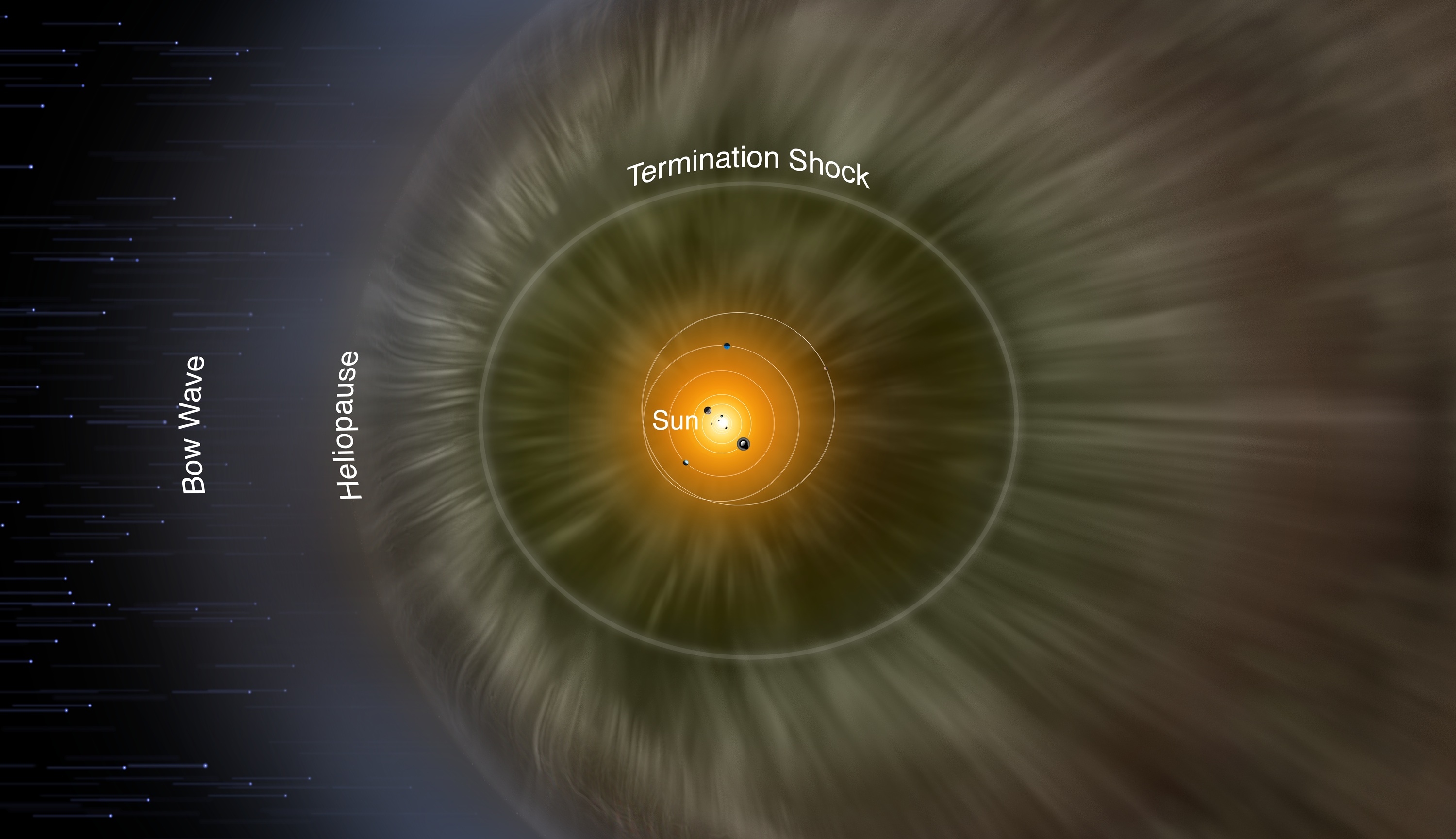Fancy looking up at the sky and wondering what’s out there? You’re definitely not the only one; people have made a living out of studying the stars and finding out everything that’s beyond our little blue island of a planet, and it seems that each time they stretch the limits of what we know about the universe bit by bit.
Understandably, it can be a bit hard to keep up with all the new things that they find about the stars and everything in between—the updates can be as frequent as on the daily, and keeping up can be a struggle.
I would assume, however, that you knew that partly by going in here; this is Modern Sciences, after all—and, much like before, we would be more than happy to take you through a trip down memory lane. Astronomy may be one of those sciences that are always on the bleeding edge of research, but the things that they find never cease to amaze, even years after they were fresh off the shelves. Here are some of those landmark finds that left their mark:
A New Perspective on the Moon

In this video, YouTube channel To Scale: brought science closer to the people, and perhaps brought to them a new perspective of the moon and the skies—all by bringing just a telescope and their love of looking above and beyond. Read more
How Two Astronomers With Some Markers Linked Us To the Stars

A very spirited Carl Sagan once said in one of the episodes of his 1980 TV miniseries Cosmos: “The nitrogen in our DNA, the calcium in our teeth, the iron in our blood, the carbon in our apple pies were made in the interiors of collapsing stars. We are made of star stuff.” Filled with conviction and all the gravitas that his voice famously commandeers, he said it in such a matter-of-fact-ly way that you just sit there and nod in agreement—or at least that’s what I’m inclined to believe how people felt when they heard him say it on TV all those years ago. Read more
Where Would Planet 9 Be? (If It’s Actually There)

“Planet Nine” is a hypothetical planet, way far out beyond the orbit of the last planet Neptune, that many think may influence the orbits of small objects beyond, perhaps causing them to fall in towards the Sun—and the rest of the solar system—every now and then. YouTube creator Mark Rober gives a pretty concise video, demonstrating just how far would a potential Planet Nine be, in a scale model of the solar system where the Sun is the size of a soccer ball. Read more
Scientists Found a “Unicorn” Black Hole—And It’s as Weird as They Get

Yet another recent find is challenging the fields of science with what is considered known and established. Astronomers may have found both the closest and the smallest black hole ever discovered: a small black hole locked in orbit with a red giant in what is known as a binary star system. Read more
Astronomers Found a 3,000-Light-Year-Long “Splinter” in a Milky Way “Arm”

It has taken centuries for our understanding about our place in the universe to reach this point of maturation. Luckily for us, we have the advantage of new technology on our side; it has never been easier to discover and learn about where we are: our planet, our solar system, and our galaxy, among others. It’s no surprise, then, that the scientists hard at work figuring out everything around us eventually stumble upon something new; that seems to be the case this time around, as our seemingly orderly Milky Way Galaxy isn’t as standard as we thought. There appears to be a “splinter” jutting out of one of our galaxy’s arms. Read more











